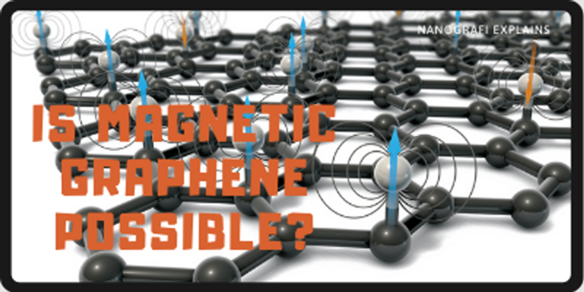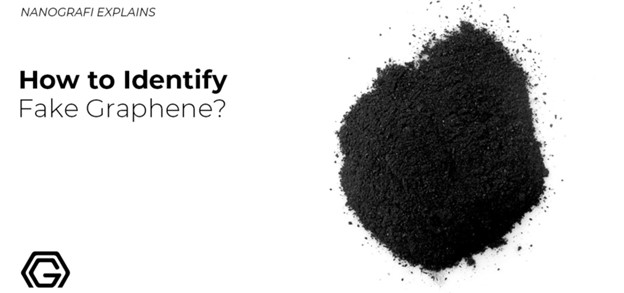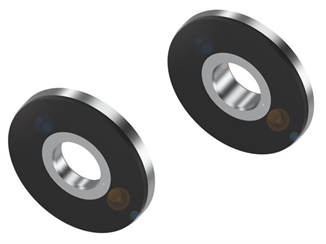
The idea of magnetic graphene has been fantasized over since the discovery of graphene. But, is it really possible to achieve magnetic properties with graphene? That is a provocative question posed, ironically, by Nanografi Nano Technology, a producer of magnetic graphene materials.
Several routes have been followed to achieve this goal such as topological frustration, structural defects, twisted bilayered graphene structures, proximity induced magnetic properties, and twisted bilayered graphene structures, explains the company in a presentation which delves into the investigations that scientists pursue to harness the compelling attributes of magnetic graphene.
For many researchers, just finding a batch of magnetic graphene to study can be a daunting task. One of few such suppliers is Nanaografi, a manufacturer of nanomaterials and micromaterials located in Ankara, Turkey. Since 2011, it has become a source for a growing array of such materials for laboratories and industrial buyers in more than a hundred countries.

Several of its products have important magnetic properties. Notably, it produces a range of magnetic graphene aerogels with varying contents of Fe3O4, for example 50% and 65%, and with various particle diameters. The aerogel is a self-assembled, 3d porous foam material with high quality sheet layer graphene oxide and Fe3O4 nanoparticles as raw materials. The aerogel has micron-sized macropores and nano-sized mesoporous pores to form a rich compound void structure.
Others with significant magnetic characteristics include micron powders based on Dysprosium, Samarium and Neodymium. The company’s Quantum Dots Magnetic Microspheres are quantum dots placed in inorganic compounds which makes them more stable, have higher quantum yield, longer fluorescence lifetime and magnetic properties for applications in biological and chemical detection, also for immunochromatography test strips.
Graphene is a single layer of carbon atoms arranged in a two-dimensional honeycomb lattice which resembles the appearance of a honeycomb and exhibits remarkable electrical, thermal and mechanical properties. Incredibly thin, it has been dubbed the wonder material for its exceptional conductivity of heat and electricity, and its strength — 200 times stronger than steel.
Graphene isn’t normally magnetic, but when carefully manipulated this can change, bringing compelling implications. Twenty years since its discovery, research suggests it is the most magnetoresistant material known, able to increase or decrease its electrical resistance in response to a magnetic field with unprecedented magnetoresistance even at room temperature. Developers involved in spintronics and superconductivity are paying attention.

Several blogs available on Nanografi’s website provide extensive detail and explanation on the subject. This article highlights a few of them. Its blog, “Is Magnetic Graphene Possible?”, notes that magnetic materials are amongst the building blocks of modern technology. Today, most of the presently used magnetic materials involve the elements belonging to the d- or the f-block of the periodic table. However, rapid technological developments require enhanced magnetic materials that could be utilized at much smaller scale.
The idea of combining the excellent properties of graphene with ferromagnetism has been dazzling researchers from the very first days of the discovery of graphene. Even though magnetic graphene has always been a very controversial area of research that suffered from the poor reproducibility of experimental results, recently some promising improvements have been achieved. Yet, one should be aware of fake graphene, the company cautions.

For more info and to see the complete presentations, see www.nanografi.com.



